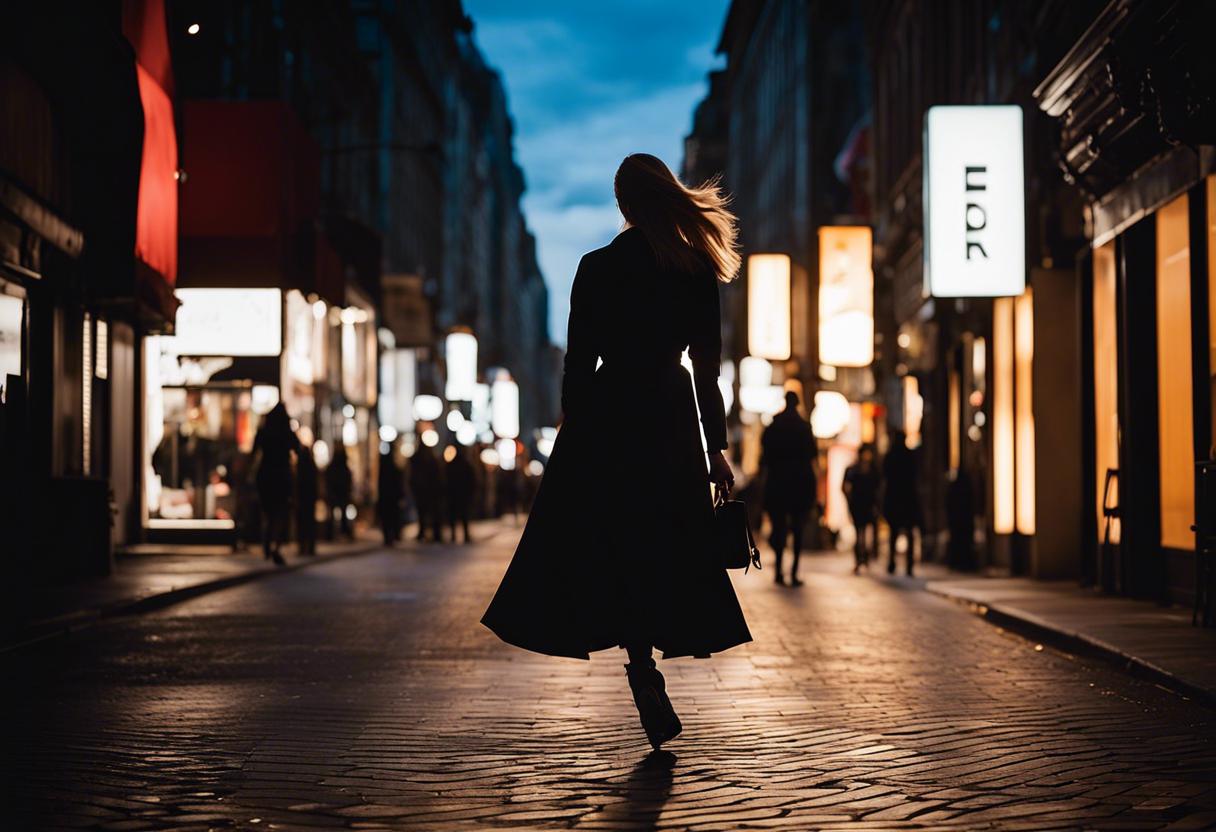In her novel Orlando, Virginia Woolf once noted that clothes, while seemingly insignificant, play far more crucial roles than just providing warmth for us. They alter our perception of the world and likewise, how the world perceives us. Now, her great-niece, Virginia Nicholson, has composed a riveting new book that chronicles the revolutionary effect of fashion on women’s lives from the 1860s to the 1950s.
Over the initial three decades of the 20th century, the western world witnessed an immense social revolution. Women transitioned from being completely covered to confidently displaying their arms, legs and backs in scanty bathing suits within a remarkably short timespan. Nicholson’s work brilliantly deals with the resulting conflict between emancipation and societal norms; having discarded our restrictive long skirts and corsets, we are now faced with the expectation to mould our progressively revealed bodies to adapt to changing ideals and anticipations.
Through the course of the book, Nicholson constantly returns to another source of unease – the unadulterated pleasure women often derive from enhancing their own appearance, and the dismayingly common phenomenon that we are perpetually appraised by our external appearance, regardless of our choice of presentation.
As the author of four profound studies of women’s experiences in the 20th century, Nicholson incorporates narratives from real women (and some men) into her work. This approach adds authenticity to the ideologies she explores and grounds them in intriguing and sometimes emotionally raw accounts, from 19th-century famed beauties to beauty industry pioneers of color, and from movie starlets to youthful 1950s girls distressed by dieting. Along her journey, she unveils how the standards established by privileged white women were enabled by the efforts of the less advantaged, and how working-class women and women of color navigated their own paths through the labyrinth of fashion and beauty.
“All the Rage”, offers an insightful, captivating, and occasionally hilarious review of how the lives of women underwent a transformative journey due to fashion. This book serves as a salient testament to what Virginia Woolf preached years ago in 1928: that fashion is far from being irrelevant or frivolous. A love for fashion history, while a plus, is not a prerequisite to relish this remarkably thought-stimulating work.

